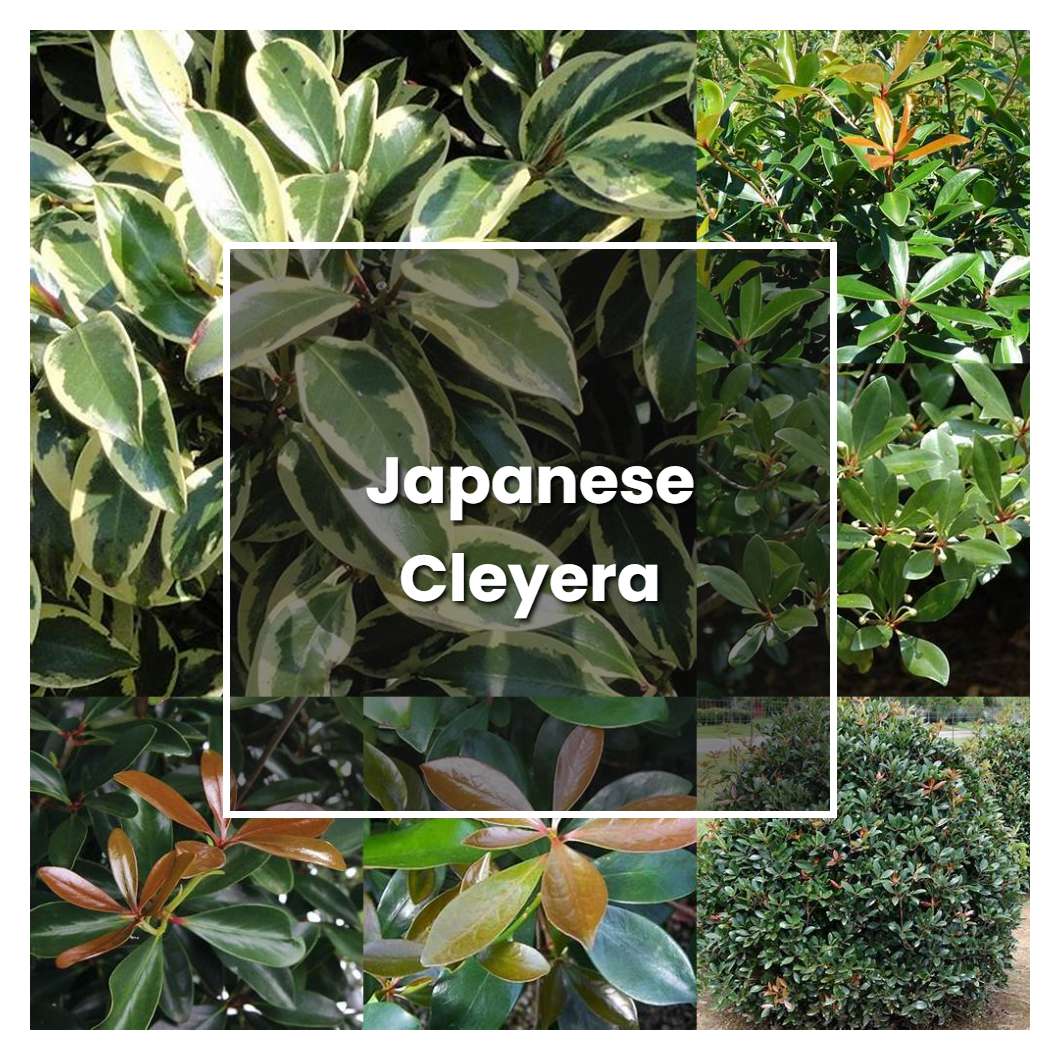Japanese cleyera is an evergreen shrub that is native to eastern Asia. It is characterized by its leathery, dark green leaves and its small, white flowers. The japanese cleyera is a popular landscape plant, and is often used as a hedge or foundation plant.

Related plant:
Japanese Azalea Orange
Related plant:
Japanese Barberry Bush
About soil condition, The best thing for japanese cleyera is well-drained soil. If the soil is too wet, the roots will begin to rot. If the soil is too dry, the leaves will begin to wilt. Japanese cleyera can grow in both sun and shade, but it will produce more flowers if it is grown in full sun.
Just like other T. japonica cultivars, Japanese cleyera requires full sun to partial sun for optimal growth. The amount of sun exposure will affect the amount of foliage produced. The more sun, the more foliage. Too little sun, and the plant will become leggy with fewer leaves. Japanese cleyera grows best in well-drained soils with a slightly acidic pH.
The temperature conditions for growing japanese cleyera are important to consider. The plant can tolerate cold temperatures down to -15 degrees Fahrenheit, but it will not do well in temperatures that are too hot. The ideal temperature range for the plant is between 60 and 70 degrees Fahrenheit.
Ideal humidity condition for this plant is around 60-70%. The plant does not like to be too wet or too dry. If the plant is too wet, it can lead to root rot. If the plant is too dry, the leaves will start to turn brown and drop off. The plant prefers a humid environment but can tolerate some dryness.
Regarding fertilizer, this family of plant prefers light applications of a well balanced fertilizer such as 10-10-10. It is important not to over fertilize as this can lead to problems with the root system. As for the roots, they are quite fibrous and can benefit from being planted in a well aerated soil.
Pruning Japanese cleyera is a necessary step in keeping this beautiful shrub healthy and looking its best.Start by removing any dead or damaged branches. Next, thin out any crowded or crossing branches to allow air and light to reach the inner parts of the plant. Finally, cut back any long, leggy stems to encourage new growth.
Propagation of japanese cleyera is typically done through rooting of stem cuttings. The best time to take stem cuttings is in late spring or early summer when the plant is actively growing. Cuttings should be taken from healthy, disease-free plants. Cuttings should be 4-6 inches in length and should include 2-3 sets of leaves. Cuttings can be taken from the tips of the branches or from the sides. To root the cuttings, fill a pot with a well-draining potting mix. Dip the cuttings in rooting hormone and then plant them in the potting mix. Water the potting mix well and then place the pot in a bright location but out of direct sunlight. Keep the potting mix moist but not wet and in about 4-6 weeks the cuttings should have rooted. Once rooted, the plants can be transplanted into larger pots or into the garden.
Usually, the plant growth rate during the spring and summer when the weather is warm and there is plenty of rain. However, they can also grow during the fall and winter if the conditions are right. The key to success is to provide the plants with the right amount of water and sunlight. Too much or too little of either can result in stunted growth or even death.
Common problems for this kind of plant are fungal diseases, such as root rot and powdery mildew. Other problems include aphids, mealybugs, and scale insects. Proper care and prevention can help to avoid these problems.
Source:
Landscape Services | University of Mississippi
Cleyera - Tree selection - Landscape plants - Edward F. Gilman
Learn Japanese in Japan | Study Japanese in Japan with EF
